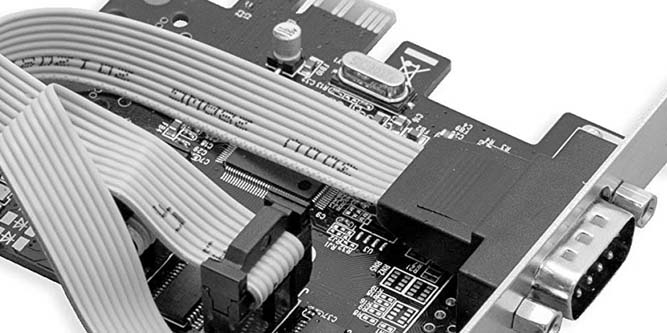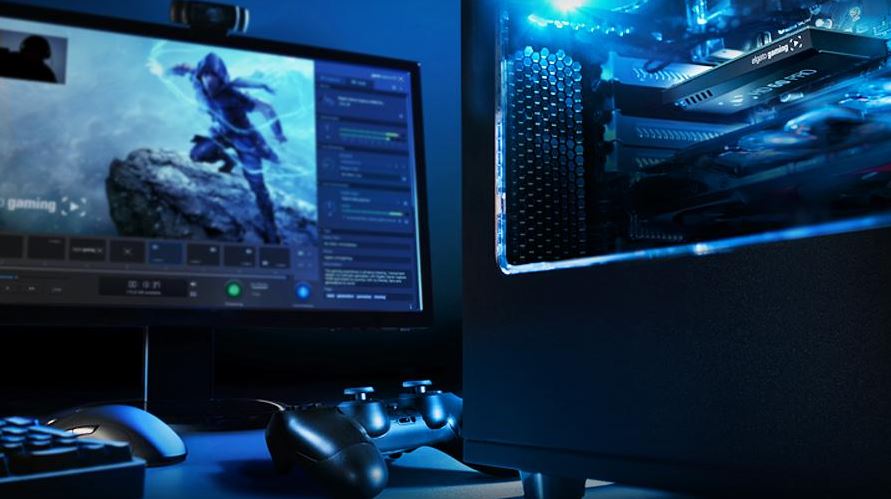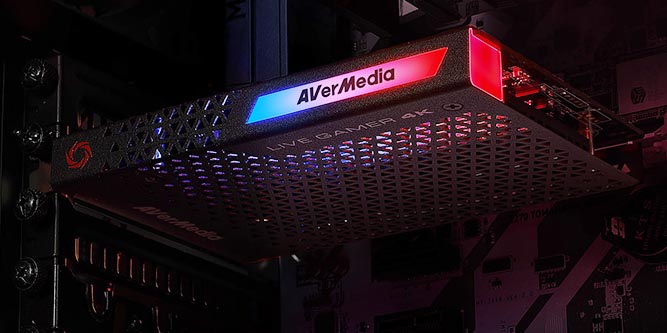Best PCIe Parallel Adapter Cards
The Parallel port, or as you may know it the “printer port,” was in use with computers as early as 1981. The port remained in use all the way until 1996 when it was superseded by the USB standard. If you were using computers in the 90s, you’ll quickly recognize its massive 25 pin socket. …





